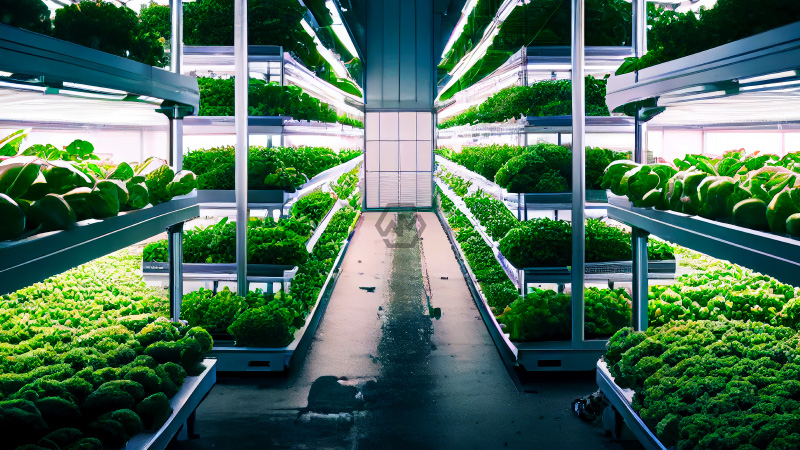Vertical farming might be building up forward momentum in Canada and the US, yet its weighty dependence on power is blocking the area’s development past plate of mixed greens and restricting handling more extensive issues in the food system potential.
U.S. VP Kamala Harris was right when she said at an indoor ranch visit in Virginia that the innovation could assist with taking care of millions of individuals, Grunwald recognizes.
Power Hungry Vertical Farming
Developing harvests inside could speculatively defeat that large number of issues, as an environment-controlled setting can deliver better returns with lower contributions of compost, water, and pesticides — throughout the entire year, in any locale.
This commitment to a boosted, positive yield got Canada’s biggest vertical farming organization, GoodLeaf Ranches, $78 million in funding from CIBC and Homestead Credit Canada to extend its offices.
The Canadian government is additionally hoping to help the thriving business with subsidizing like the AgriInnovate program remembered for the Manageable Agribusiness Organization.
It would likewise lessen the danger of environmental effects on food creation, similar to dry seasons, floods, and outrageous climate.
- The main tangle is farming requirements to take care of billions.
- Vertical farming presents one answer for the ecological expenses of food creation.
- Be that as it may, as a plan of action, vertical farming is in a tempestuous space, Grunwald says.
Creation costs are high, numerous upward ranches have collapsed, and adventure financing for the area plunged 91% over the past year.
What’s more, however, vertical homesteads might have the option to cut inputs like manure and water, but they run up gigantic expenses for framework, warming, cooling, and light, says Quick Organization.
Numerous upward ranches begin creating lettuce and other little greens that sell for high worth per unit with generally low lighting prerequisites and short developing cycles.
Yet, indoor energy costs are a harder obstruction for crops like wheat and other field grains, which need more space for a more extended time frame and will ultimately sell for a much lower cost for every unit.



